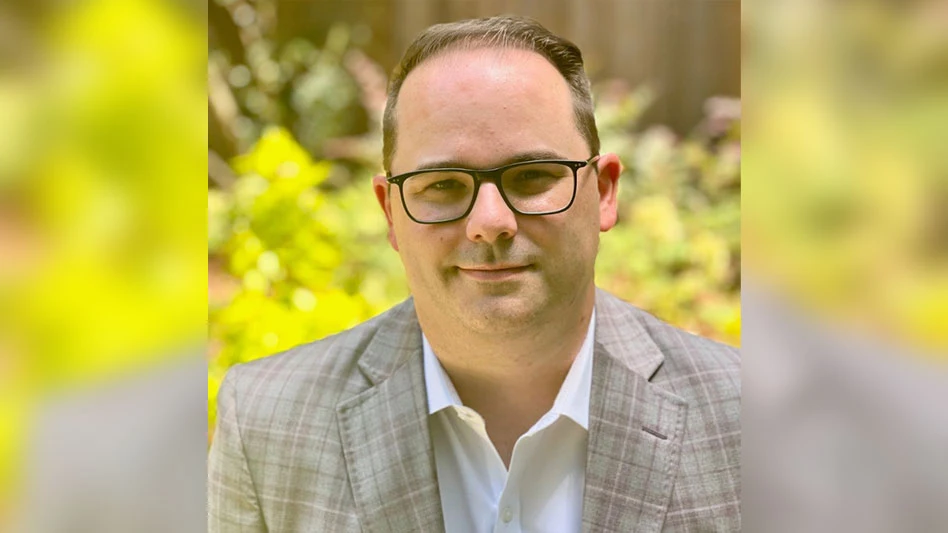
The Lebanon, Tennessee, Gasification Initiative is operating the world’s only and the largest downdraft gasifier, the city says. It made the decision to be a part of the future by reaping the benefits of renewable energy while conserving the environment through landfill diversion.
Lebanon’s efforts with the Gasification Initiative began with former Lebanon Mayor Philip Craighead and Director of Public Works Jeff Baines actively seeking solutions to the waste disposal problem in the region. The regional landfill was nearing capacity with the exploding growth in population and industry in Murfreesboro, Lebanon and Mount Juliet, Tennessee. Many solutions to eliminate waste were presented but the financial burden for the city and residents was large.
FINDING AN ALTERNATIVE
The decision to go with the gasification process was based on the ability to use sludge from the wastewater treatment plant (WWTP) along with other waste streams to create clean, renewable energy. The scrap wood pallets used today were being taken to the landfill, and biosolids from the plant were being land applied.
Not only would this solution reduce the burden on the regional landfill, but the costs would be offset by the production of energy. In fact, at full capacity, the plant can make enough electricity to cover half of the energy costs at the WWTP.
Since the groundbreaking ceremony at the WWTP Nov. 12, 2015, the treatment plant has evolved into a renewable energy model for Tennessee and the rest of the world, the city says. From the gasification tower to the newly installed solar panels, renewable energy is visible everywhere at the treatment facility.
This was accomplished in large part by public-private partnerships between the city of Lebanon and Aries Clean Energy (formerly PHG Energy), Nashville, Tennessee, with the help of the Clean Tennessee Energy Grant. Rockwood Construction Recycling LLC, Lebanon, is another partner, supplying wood and end-of-life tires using the Tire Environmental Act Program. The program funds projects that reuse scrap tires beneficially.
LEARNING FROM THE PAST
Aries had a previous gasification project and was upfront about its operational issues. It identified the problems with the previous facility as political changes and the lack of a long-term commitment to the project. Knowing this, the firm hired a project manager, Scott McRae, to manage the installation, operations and logistics for the city of Lebanon.
“It was exciting to be presenting the first update to the city council on the same day that the new landfill contract was up for approval,” McRae says. “This contract was only going to be for five years, with one-year renewals, meaning we were on the right side of getting ahead of the waste elimination curve because the landfill will be closed in the near future,” he says.
Lincoln Young, director of recycling and sustainability at Rockwood, was operating a shingle recycling facility near the WWTP and was constantly asked about other material streams.
The gasification project presented an opportunity to address some of the material streams. “When you take shingles for a beneficial use, the word spreads, and you are constantly asked if you can take different types of waste,” he says. “Scrap tires are disposed of by almost every family in the county, and this is a great way to solve that problem.”
With plenty of pallets from the auto industry in the area and plenty of end-of-life tires available from Wilson County, a fuel source was established.

PROCESSING FOR POWER
The gasification process consists of collecting and delivering material made up of chipped wood, treatment plant sludge and shredded tires to the gasifier. The material is placed into the gasifier and molecularly broken down at temperatures in excess of 2,500 degrees Fahrenheit with little oxygen present. This allows syngas to be created and collected for use as fuel to power generators and for the heating process. A byproduct of the process, biochar, is all that remains.
The treatment plant services approximately 30,000 residents and visitors to the area by currently using up to 32 tons of material per day. This process creates 6 tons of biochar per day that can be used in agriculture and to filter wastewater.
Beyond the gasification, 3,192 solar panels have been added to the treatment plant footprint to produce an additional gigawatt of electricity to help power the plant. Another 3,192 panels are being added to the WWTP.
Since gasification began in October 2016, the initiative has been recognized for its forward-thinking efforts to reduce landfill disposal.
In June 2017 Tennessee Gov. Bill Haslam recognized the project with the 2016 Governor’s Environmental Stewardship Award for Energy and Renewable Resources. This award is given to projects each year for exemplifying strong leadership and action for environmental awareness in renewable energy in Tennessee. In June 2017, the initiative was awarded the “Top Project of 2017” from the Environmental Leader Product and Project Awards.
Current Lebanon Mayor Bernie Ash sums it up best, saying, “We’re reducing landfill use, creating clean energy and keeping thousands of tons of carbon out of the air each year … all with a positive cash flow. This is a win.”

Explore the September October 2017 Issue
Check out more from this issue and find your next story to read.
Latest from Waste Today
- IWS ramps up NJ MRF
- Cards renews municipal contract with Harrah, Oklahoma
- Waste Pro hires all-star athlete
- C&D World session preview: Key strategies for effective fleet maintenance
- ReMA supports policy measures facilitating collection, safety and proper end-of-life management of small, medium batteries
- Veolia assumes operations at Canadian WTE facility
- Resynergi, Lummus Technology launch modular plastic recycling solution
- New Hampshire House committee advances amended landfill moratorium bill





